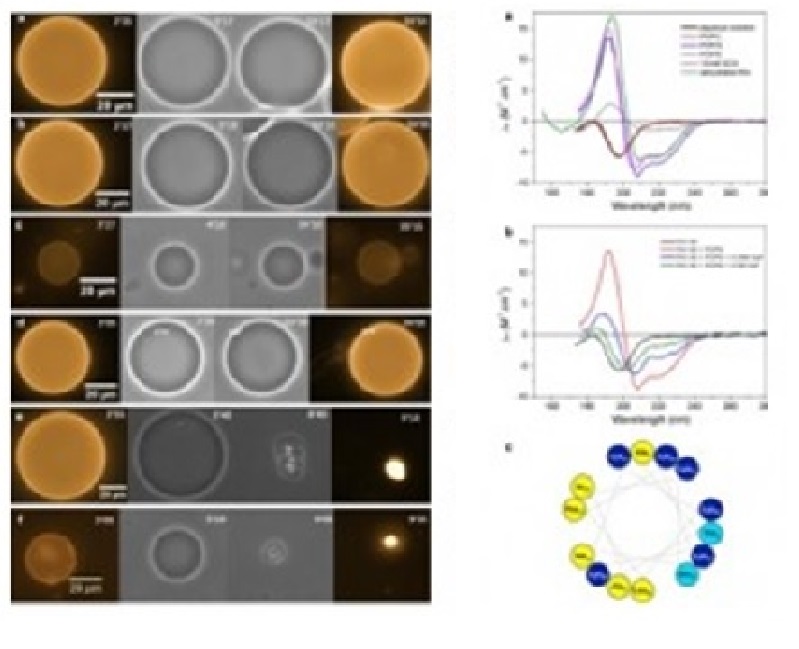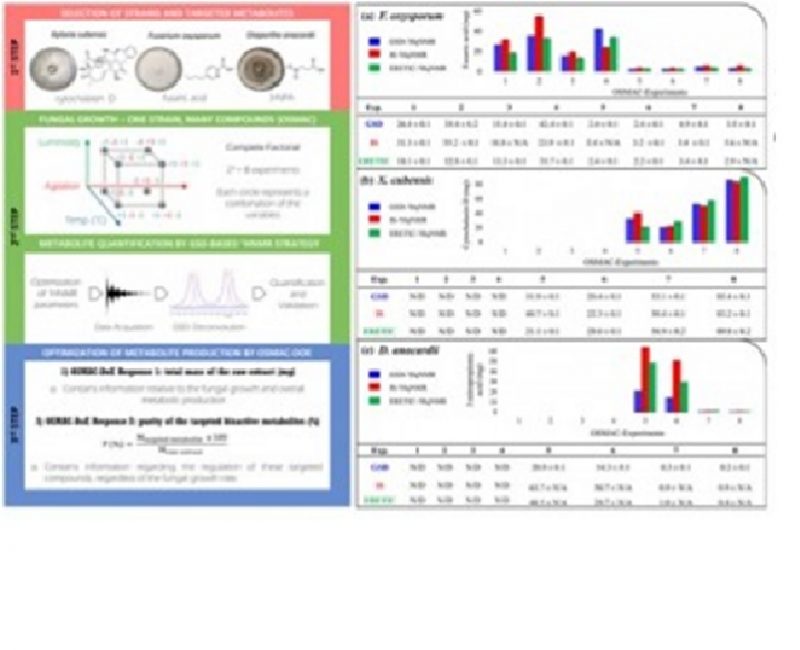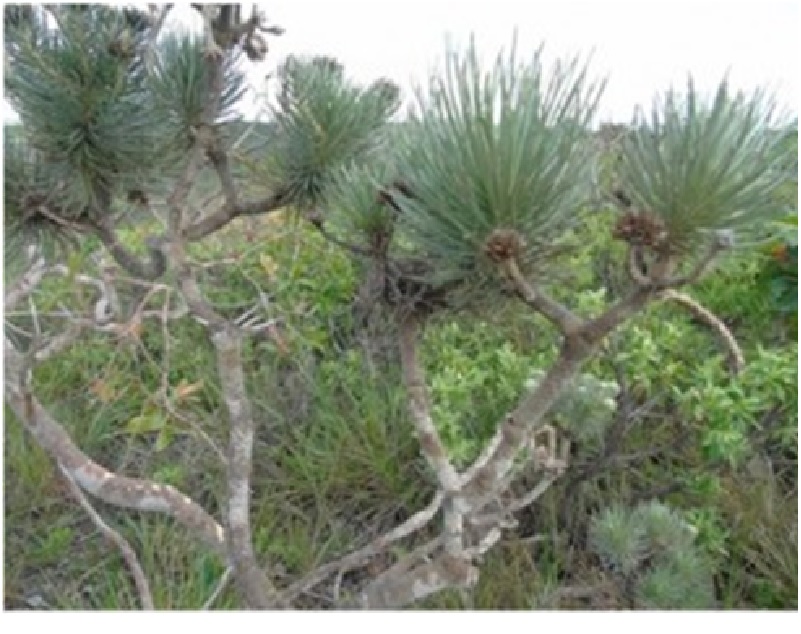
Authors:
Kumagai, Patricia S. 1 ; Sousa, Victor K. 2 ; Donato, Maressa 2 ; Itri, Rosangela 2 ; Beltramini, Leila M. 1 ; Araujo, Ana P. U. 1 ; Buerck, Jochen 3 ; Wallace, B. A. 4 ; Lopes, Jose L. S. 2
Abstract:
Antimicrobial peptides are a large group of natural compounds which present promising properties for the pharmaceutical and food industries, such as broad-spectrum activity, potential for use as natural preservatives, and reduced propensity for development of bacterial resistance. Plantaricin 149 (Pln149), isolated from Lactobacillus plantarum NRIC 149, is an intrinsically disordered peptide with the ability to inhibit bacteria from the Listeria and Staphylococcus genera, and which is capable of promoting inhibition and disruption of yeast cells. In this study, the interactions of Pln149 with model membranes composed of zwitterionic and/or anionic phospholipids were investigated using a range of biophysical techniques, including isothermal titration calorimetry, surface tension measurements, synchrotron radiation circular dichroism spectroscopy, oriented circular dichroism spectroscopy, and optical microscopy, to elucidate these peptides’ mode of interactions and provide insight into their functional roles. In anionic model membranes, the binding of Pln149 to lipid bilayers is an endothermic process and induces a helical secondary structure in the peptide. The helices bind parallel to the surfaces of lipid bilayers and can promote vesicle disruption, depending on peptide concentration. Although Pln149 has relatively low affinity for zwitterionic liposomes, it is able to adsorb at their lipid interfaces, disturbing the lipid packing, assuming a similar parallel helix structure with a surface-bound orientation, and promoting an increase in the membrane surface area. Such findings can explain the intriguing inhibitory action of Pln149 in yeast cells whose cell membranes have a significant zwitterionic lipid composition.
1 Instituto de Física de São Carlos, Universidade de São Paulo, São Carlos, Brazil
2 Departamento Física Aplicada, Instituto de Física, Universidade de São Paulo, São Paulo, Brazil
3 Institute of Biological Interfaces (IBG-2), Karlsruhe Institute of Technology (KIT), Karlsruhe, Germany
4 Institute of Structural and Molecular Biology, Birkbeck College, University of London, London, UK
Link to article: https://link.springer.com/article/10.1007%2Fs00249-019-01387-y







